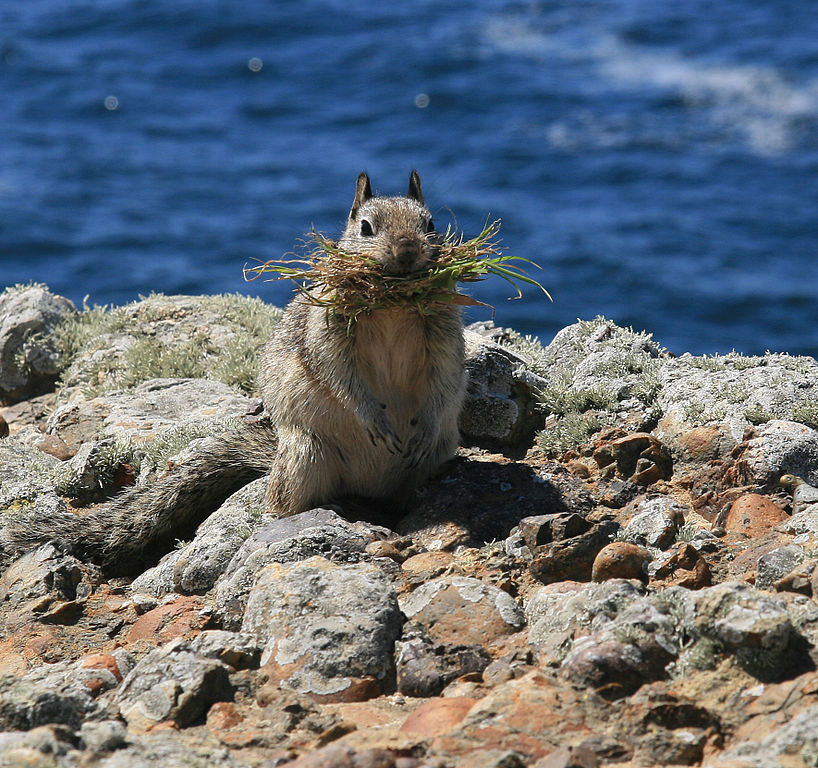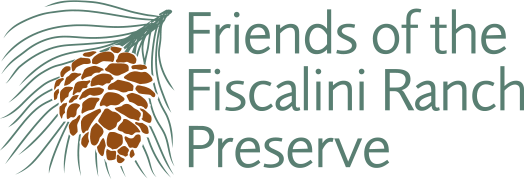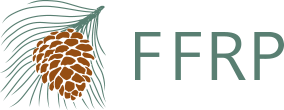2022.10.13 | Feeding Wildlife is Wrong (and Illegal)

Although often done with the best of intentions, feeding wildlife harms animals in many ways.
Wild animals have specialized diets that humans do not provide. Feeding animals may hook them on easy calories that do not supply their needs, leading them to malnourishment or even death. For example, peanuts are legumes and not part of the natural diet of ground squirrels. Ground squirrels mostly eat grass, grass seed, other leaves, and fruits. A diet of high calorie peanuts will not only deprive ground squirrels of essential nutrients, but it will lead to poor health due to weight gain. The same is true for other animals on limited and unnatural diets.
Feeding animals increases their population density and creates ideal conditions for disease transmission. Birds are particularly susceptible to disease as they congregate around feeders. Hummingbird feeders, for example, must be emptied and sterilized weekly so birds do not pick up fatal infections and spread them to their young. Using any honey or artificial color in hummingbird food also raises the risk of illness and death. With avian flu on the rise, all bird feeders increase the risk of disease transmission and should be taken down.
Artificial congregations of animals create easy hunting grounds for predators. For example, regular feeding of deer and turkey can lure these animals into schedules and locations that are predictable for their predators. In addition, animals fed near roads tend to linger near roads, increasing the risk to them from cars.
Animals that are accustomed to being fed by humans may lose their wariness around people, potentially bringing animals and people into situations that are dangerous for both. Assertive wildlife is a warning sign of unhealthy or unnatural behavior. Aggressive animals may need to be destroyed to protect people and property.
Finally, feeding wildlife is illegal in California, including on Fiscalini Ranch Preserve. The Fish and Game Code of Regulations Title 14, Section 251.1 - Harassment of Animals reads in part: “…no person shall harass, herd or drive any game or nongame bird or mammal or furbearing mammal. For the purposes of this section, harass is defined as an intentional act which disrupts an animal's normal behavior patterns, which includes, but is not limited to, breeding, feeding or sheltering…”
Most people who feed wild animals either do not know or choose to ignore the law because they feel they know more than the wildlife experts that devised these rules. If you genuinely want the best for our native wildlife, keep them wild.


